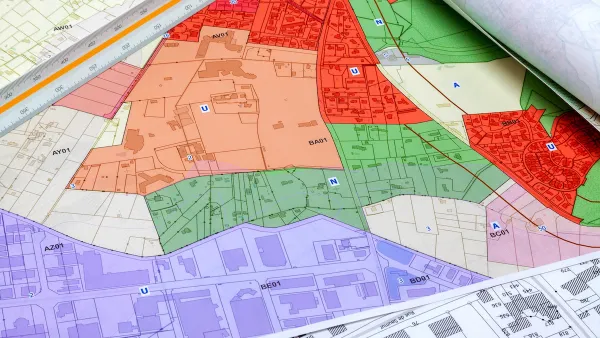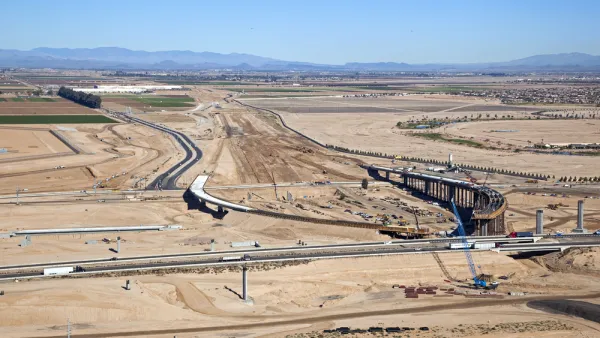The plant draws carbon from the atmosphere and turns it to stone in underground wells, but the technology remains relatively expensive.

The world's largest "direct air capture" plant has just opened in Iceland, reports Tim McDonnell. "Operated by the Swiss engineering startup Climeworks, the plant, known as Orca, will annually draw down a volume of emissions equivalent to about 870 cars." Orca joins around a dozen smaller plants currently operating in Europe, the U.S., and Canada.
"The plant is composed of eight boxes about the size of shipping containers, each fitted with a dozen fans that pull in air. CO2 is filtered out, mixed with water, and pumped into deep underground wells, where over the course of a few years it turns to stone, effectively removing it from circulation in the atmosphere."
The project is funded by insurance giant Swiss Re, which is "essentially buying an undisclosed volume of carbon offset credits to count against its own carbon footprint." The capital "will help DAC scale and bring the cost down; experts predict it could reach $150 per ton in the next 5-10 years." If made affordable enough, the captured carbon can be sold to "manufacturers who can use it as a raw material for cement and other products, or to oil companies that, ironically, use it to help dredge up more oil."
FULL STORY: The world’s biggest carbon-sucking machine is switching on in Iceland

National Parks Layoffs Will Cause Communities to Lose Billions
Thousands of essential park workers were laid off this week, just before the busy spring break season.

Retro-silient?: America’s First “Eco-burb,” The Woodlands Turns 50
A master-planned community north of Houston offers lessons on green infrastructure and resilient design, but falls short of its founder’s lofty affordability and walkability goals.

Delivering for America Plan Will Downgrade Mail Service in at Least 49.5 Percent of Zip Codes
Republican and Democrat lawmakers criticize the plan for its disproportionate negative impact on rural communities.

Test News Post 1
This is a summary

Test News Headline 46
Test for the image on the front page.

Balancing Bombs and Butterflies: How the National Guard Protects a Rare Species
The National Guard at Fort Indiantown Gap uses GIS technology and land management strategies to balance military training with conservation efforts, ensuring the survival of the rare eastern regal fritillary butterfly.
Urban Design for Planners 1: Software Tools
This six-course series explores essential urban design concepts using open source software and equips planners with the tools they need to participate fully in the urban design process.
Planning for Universal Design
Learn the tools for implementing Universal Design in planning regulations.
EMC Planning Group, Inc.
Planetizen
Planetizen
Mpact (formerly Rail~Volution)
Great Falls Development Authority, Inc.
HUDs Office of Policy Development and Research
NYU Wagner Graduate School of Public Service





























